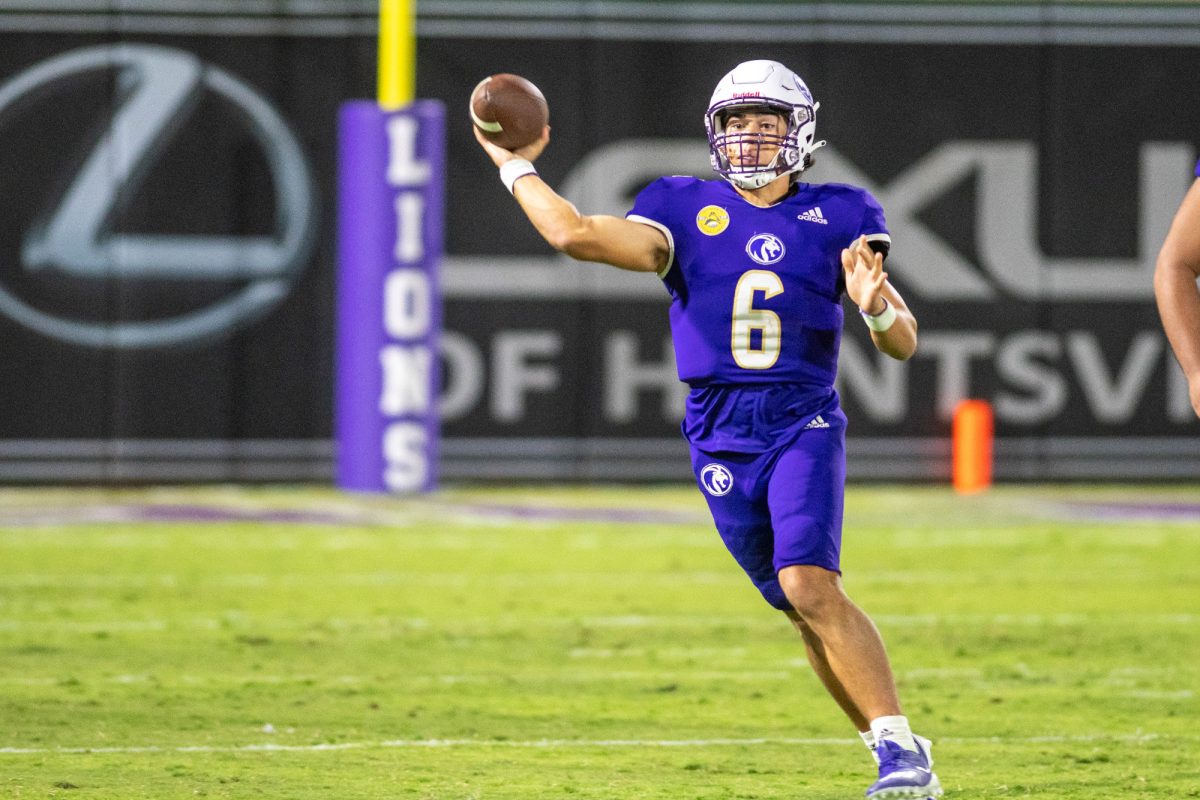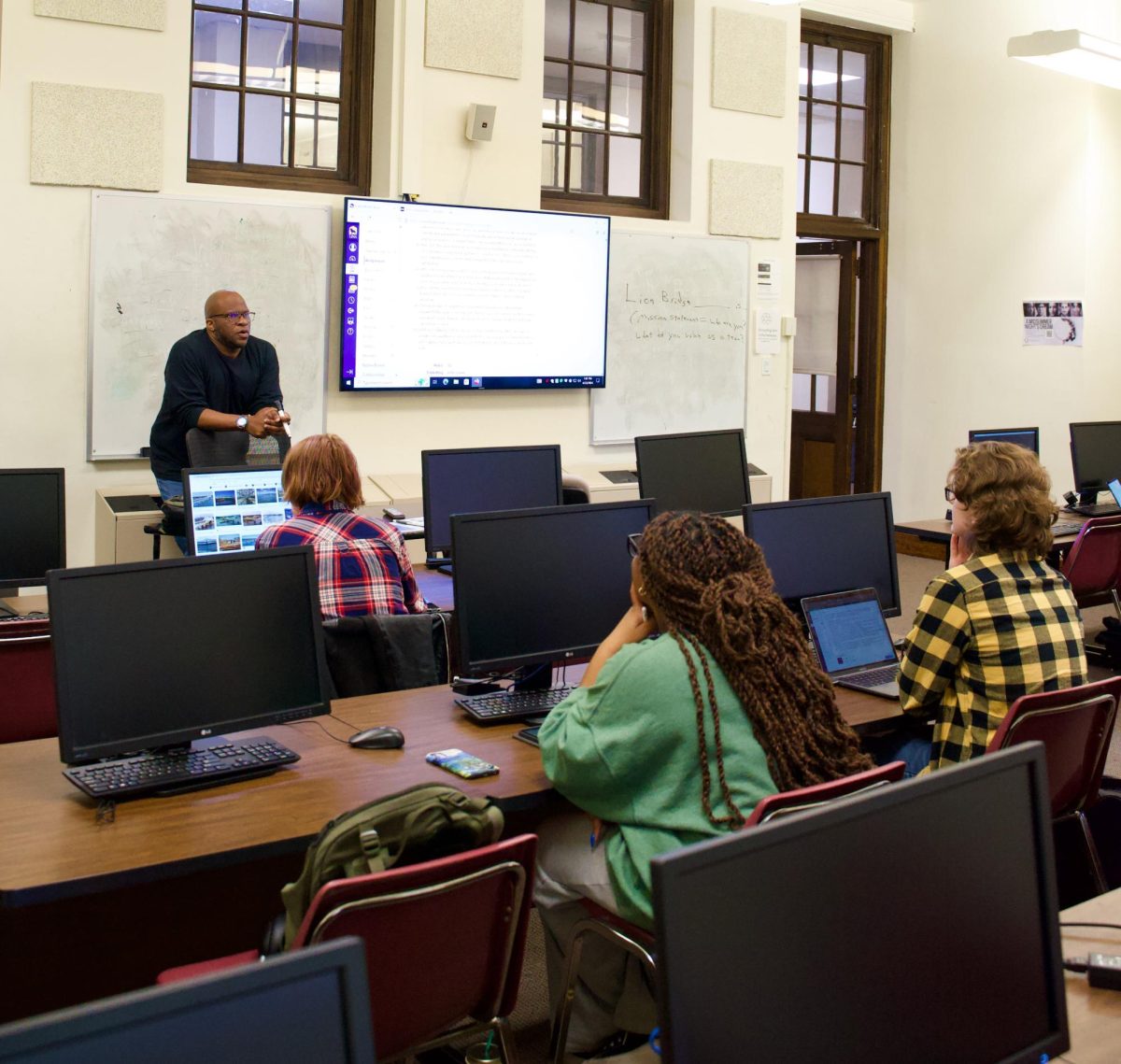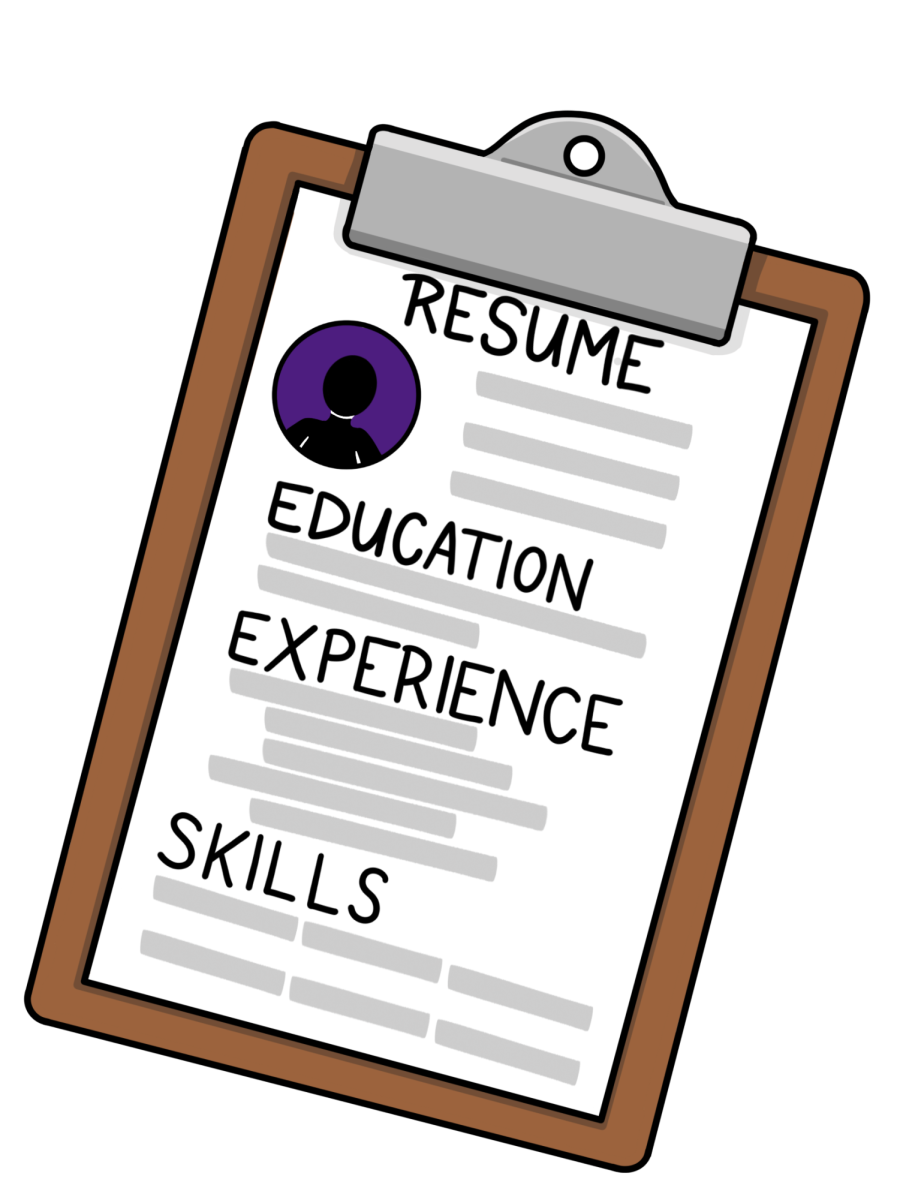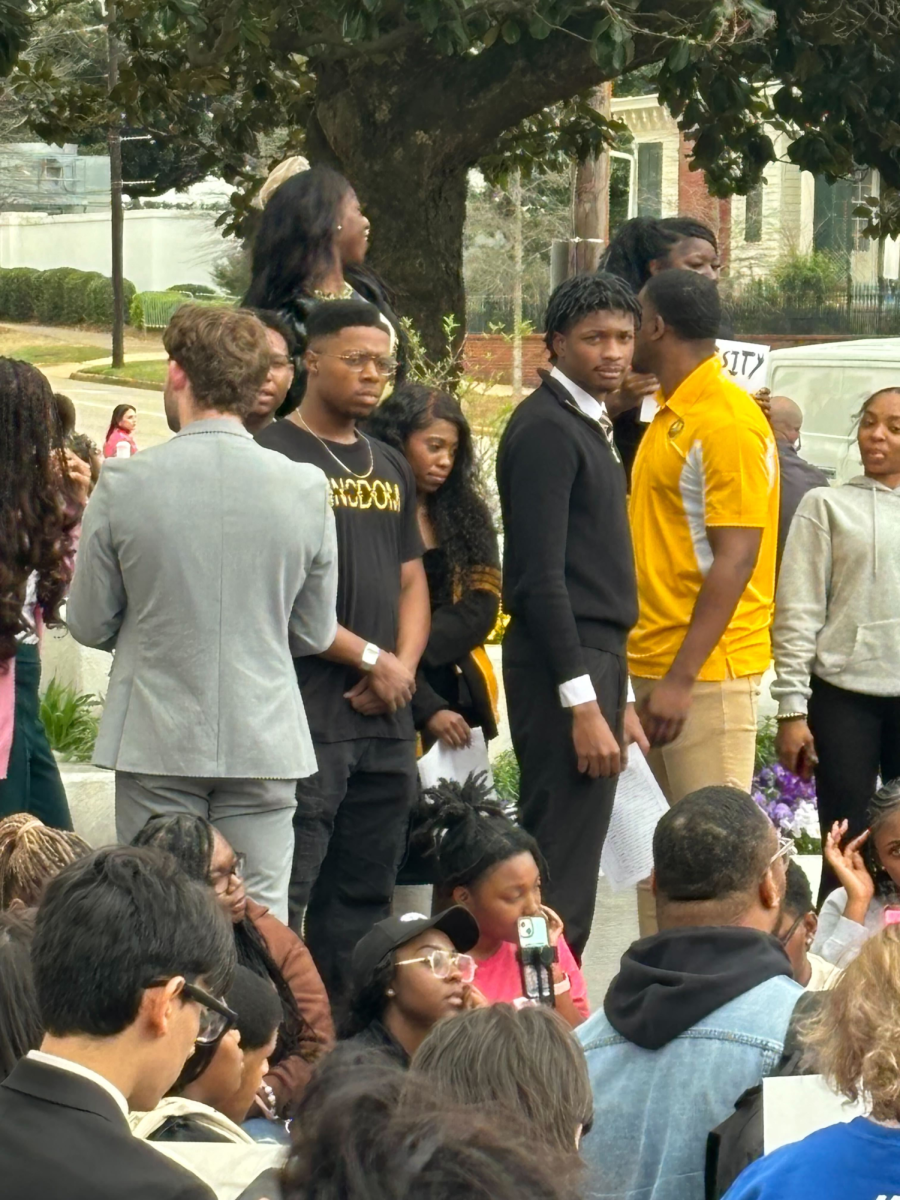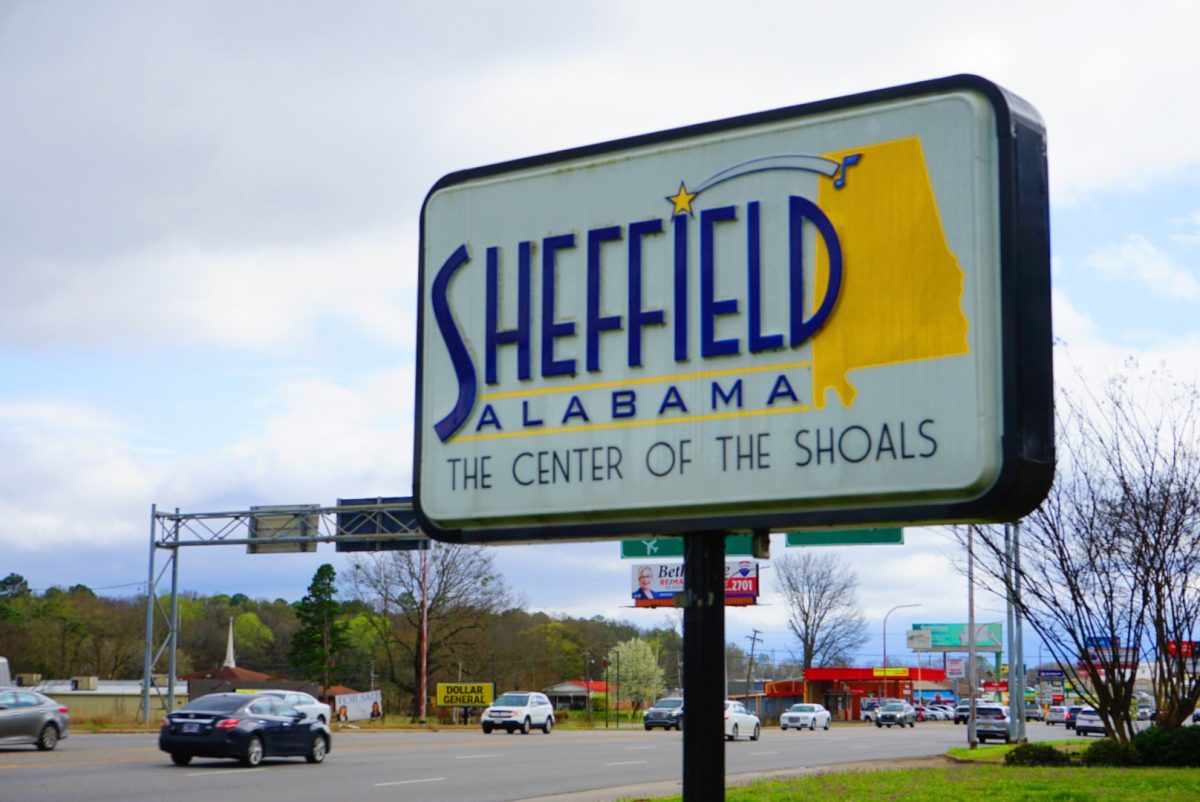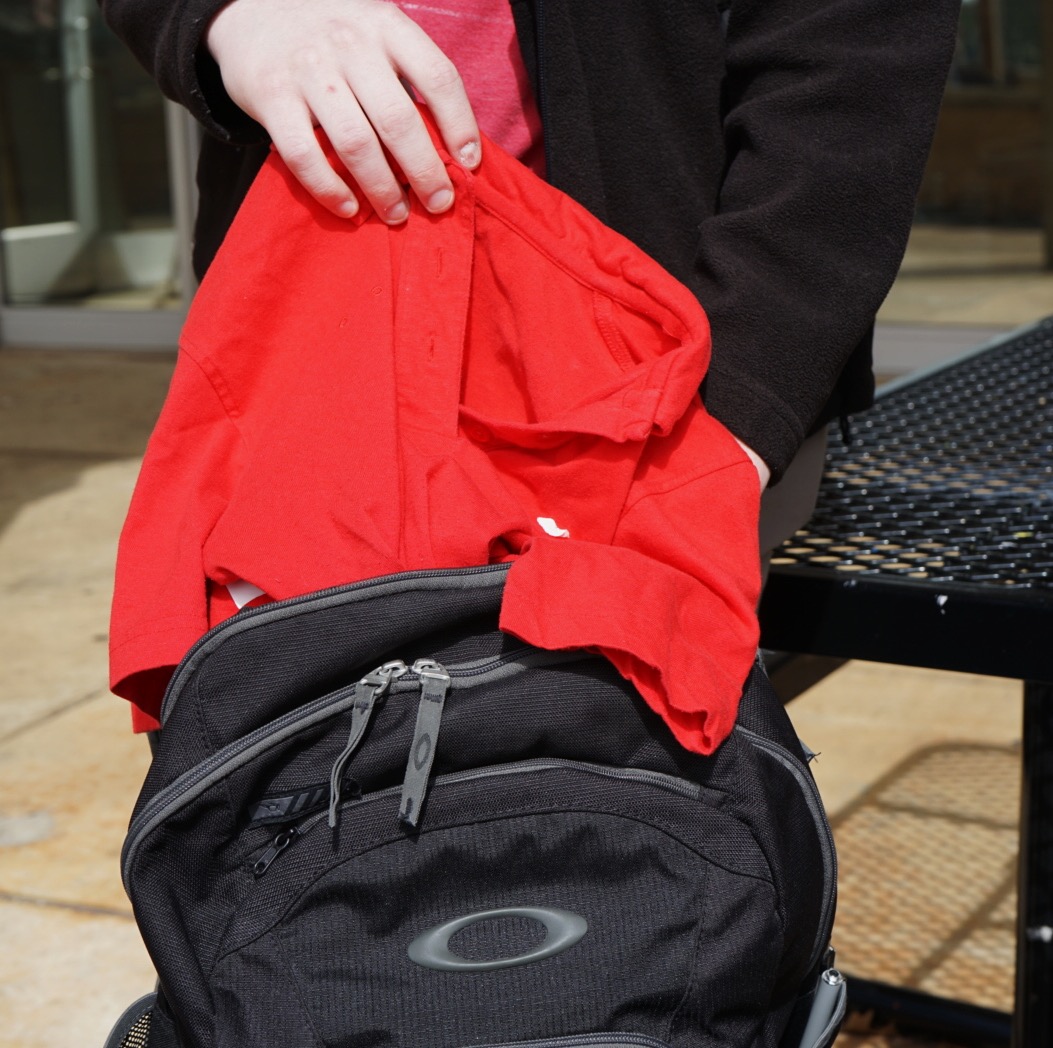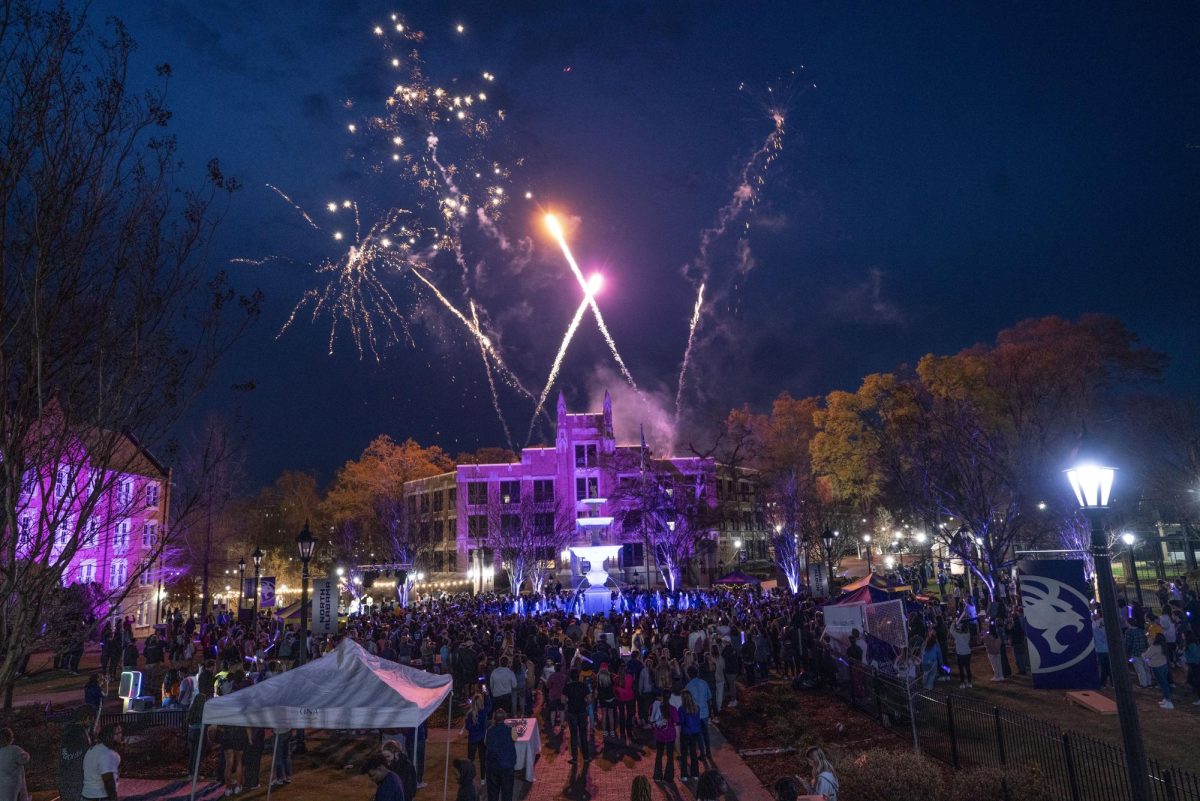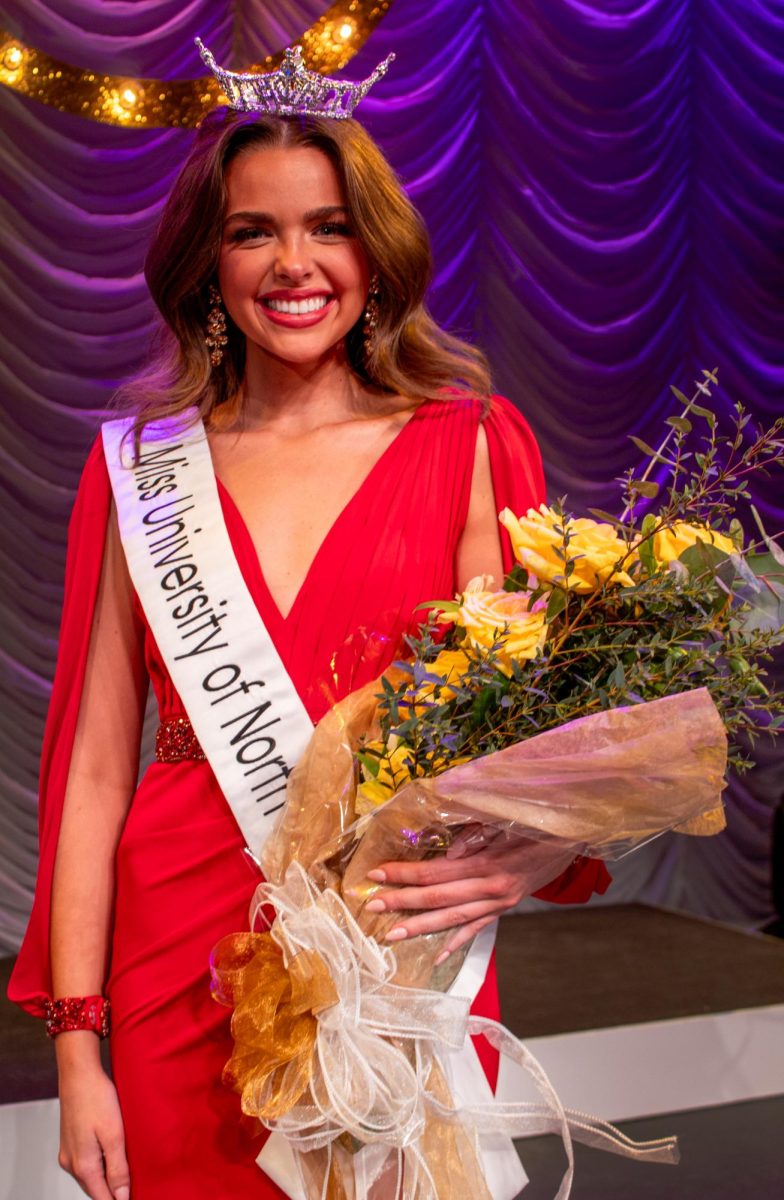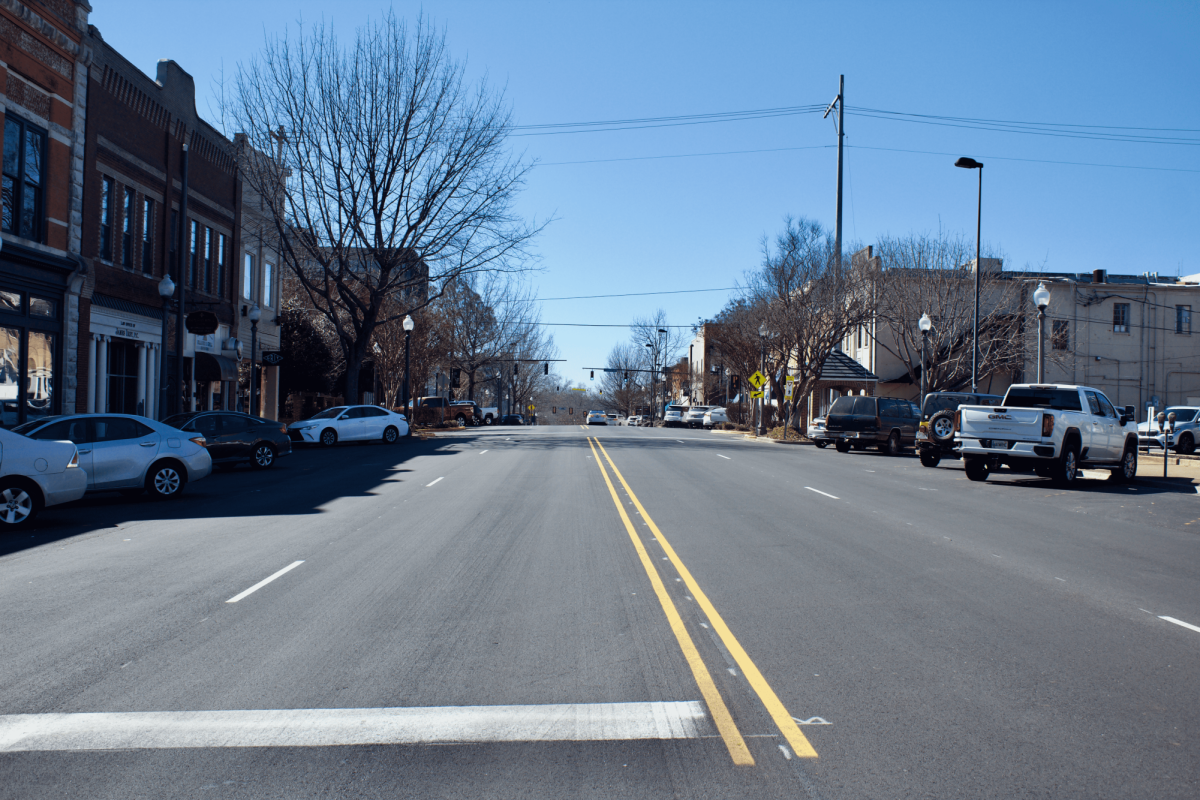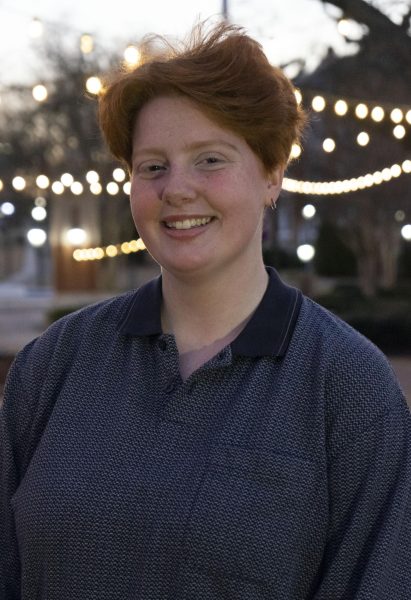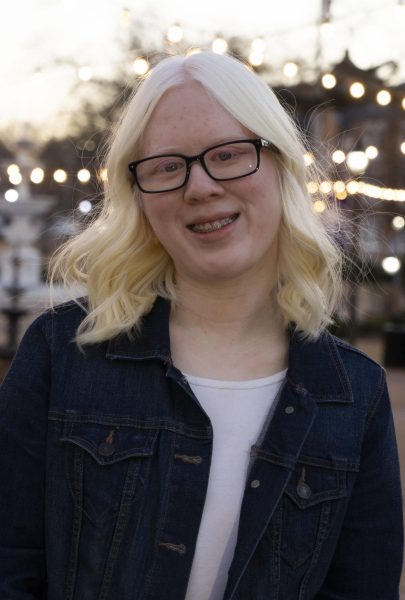Pope’s Tavern aims to involve the Florence community in its hunt for artifacts through a series of programs called Archaeology at Pope’s Tavern.
Brian Murphy, the Director of Florence Arts and Museums, aims to get community members involved in history as much as possible, and what better way to do that than by physically discovering pieces of history? It was through this thought process that Archaeology at Pope’s Tavern was created.
“It came from this concept of, how do we do archaeology here?” said Murphy. “What we wanted to do with Pope’s Tavern was to demonstrate a positive value of archaeology within the community.”
Murphy was introduced to education about archaeology through the Florence Indian Mound Museum’s involvement with the Thousand Eyes Program, which teaches people how to appropriately treat historical artifacts. This education is meant to prevent the theft or mistreatment of materials that may be found by those exploring historical sites.
Though Pope’s Tavern is not a Native American historical site, it is still important to educate visitors about the importance of dealing with artifacts in an appropriate manner. However, as Pope’s Tavern is a notable landmark in Florence, Murphy decided to take this education a step further in order to get the community involved in discovering pieces of the city’s history.
“What we’re doing at Pope’s Tavern is more community-based in the sense that it is telling the story of this community’s past through archaeology, but also through different ways that archaeology expresses itself,” Murphy said. “It’s more than just digging in the dirt. It’s also about, what are the primary sources that support this? What else can we learn about these items? What was going on in Florence at the time? There’s different pathways to connect with different histories through that basic concept of archaeology.”
Introduced in October of 2022, this effort was originally called Pope’s Tavern Archaeology Club, but it was recently changed to Archaeology at Pope’s Tavern to be more inclusive. The goal remained the same: to bring people in and teach them what archaeology is. The teaching begins by explaining the basic concepts of archaeology, but Murphy hopes to create enough knowledge within the community so that they are able to answer research-based questions about locations with the guidance of trained archaeologists.
Some of these specific research questions surround Pope’s Tavern as well, as there are a lot of uncertainties regarding the building and its occupants throughout its history. Without many written records, Murphy hopes that events for Archaeology at Pope’s Tavern will help to uncover more of the history of the site so there can be more knowledge and education surrounding the backstory of the building itself.
More than anything, however, Murphy wants to make history tangible to the public, and Archaeology at Pope’s Tavern allows members of the community to gain a tactile approach to historical artifacts.
For each month, field days are set aside for community members to participate in excavation. There are also workshops that are scheduled to fall on some of the same days, meaning that if there is a workshop, a field day will most likely follow.
Workshops typically involve archaeologists or professors from the University of North Alabama or other universities. They present their research and findings, as well as any alternative methods they might use in their own archaeology.
On Feb. 4 at 1 p.m., Dr. Andrew Gillreath-Brown led a workshop on ancient tattooing tools and traditions.
Originally from Alabama, Gillreath-Brown just finished his PhD in archaeology from Washington State University. Though his original research did not focus on tattooing, he began to research ancient tattoo techniques when he was working for the Museum of Anthropology, where he found a unique tattooing device dating back 2000 years.
“I was working on this collection from the 1970s,” said Gillreath-Brown. “There were about 64 boxes of materials, and we were going through and documenting the collection, as well as identifying any new things that we hadn’t seen before. I ran across this really interesting tool, but I didn’t really know what it was at the time. I started digging into that, running different analyses and stuff like that. That’s when I really jumped into it and tried to figure out what people in the past had tattooed historically in the Southwestern US, and it kind of snowballed from there.”
Gillreath-Brown created replicas of the artifact and tested out their tattooing capabilities on pig skin, which helped him to conclude that tattooing was indeed what the artifact had been used for. This discovery was a large step for scholars of ancient tattooing practices in the American Southwest, and it earned Gillreath-Brown and his colleagues recognition from news sources like National Geographic and Newsweek.
During his presentation, Gillreath-Brown began by describing the history of tattooing as it is currently understood, and he then explained his discovery, as well as other, similar discoveries in the field. After his presentation, he invited audience members to try using tattooing tools, similar to what those in ancient times would have used, to practice tattooing silicone pads.
Audience members had many questions about the methods Gillreath-Brown described, and they were excited to try out some of the methods discussed during his presentation. Gillreath-Brown enjoyed learning from the questions the audience had, as there is always more to research and teach future audiences.
Gillreath-Brown was excited to diversify how local people may think of history and archaeological findings.
“Tattooing itself, body modifications and body art are not typically what people think about when they think about past peoples, so it really broadens that knowledge of the different symbols and ways that people visually presented information,” Gillreath-Brown said. “Understanding the depth of the human experience is valuable. There’s a rich history within the Southeast as well, of how people chose to decorate their bodies with these permanent markers to communicate different things.”
Murphy was thrilled with the way Gillreath-Brown’s presentation went.
“Anytime it’s standing room only, I feel bad because there’s not enough seats for people, but it also shows that there’s an interest in the topic,” Murphy said. “I think Andrew’s topic was really fascinating, and he’s done so much work on it. He’s the perfect person to bring in. I love the fact that it was half presentation, but also half workshop, allowing people to get that hands-on interaction with the actual materials. That’s such a huge part of what we want to be doing.”
The next workshop is tentatively set for May 5.
After each workshop, if weather permits, a field day ensues. Each field day, regardless of if it is preceded by a workshop, consists of excavating and then washing, sorting and processing any artifacts that are found on the site. There are currently two different locations that are being excavated, which provides variety for those involved.
After artifacts are excavated, volunteers sort, catalog and document the artifacts. Each piece is entered into Pope’s Tavern’s inventory.
“That’s such a huge part of what archaeology is,” Murphy said. “It’s not just cool stuff sitting in a closet somewhere. It’s actually processing those artifacts and making them available to the public. What we’ve done is photograph a lot of the artifacts so they’re available on our website. People can go and look at what we’ve uncovered. A lot of times, during an archaeological excavation, the artifacts go to the laboratory of the company that excavates them, and that’s usually not here. The amazing thing about Pope’s Tavern is all of those artifacts are right here. That does not happen often.”
For those interested in getting involved with Archaeology at Pope’s Tavern, go to www.FlorenceALMuseums.com/archaeology to fill out an application, which goes over the ethical policies and procedures for helping to excavate materials. Once signed up, emails are sent to inform the community of future events. The website also has photos and spreadsheets of artifacts within the collection.
The next field day is tentatively scheduled for Feb. 25, weather permitting. Murphy encourages all who are interested in attending to apply for the email list for more information.
“We don’t want it to just be archaeology,” Murphy said. “We want it to be about finding different ways of exploring your interests in the past through these concepts that archaeology teaches. We’re really happy with the way it’s been going, and we want to continue it along. It’s open to everyone. We want it to be a safe and inclusive space for everyone. It’s a lot of fun if you like to get dirty or dig around in the dirt, or if you like to talk about old artifacts or history. It’s fun for everyone.”


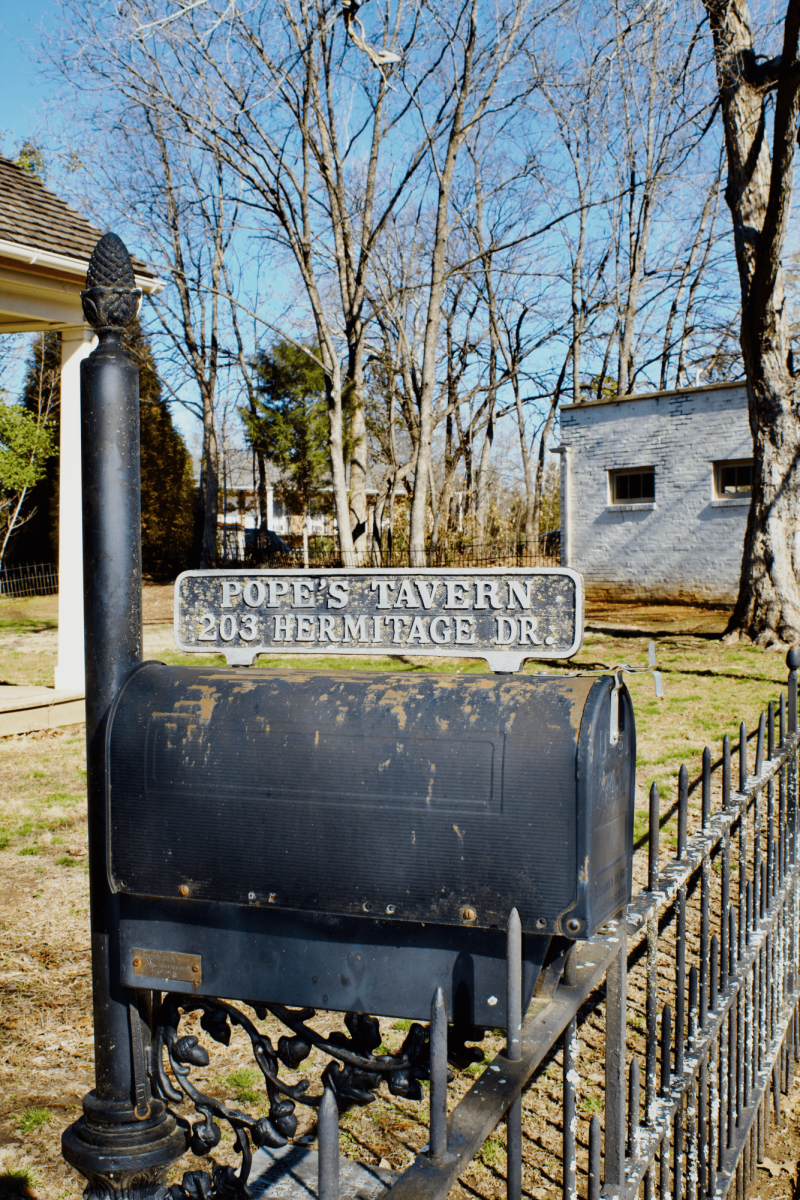
![Caleb Crumpton [COURTESY OF UNA SGA]](https://theflorala.com/wp-content/uploads/2024/07/caleb-crumpton-courtesy-of-SGA-850x1200.jpg)
